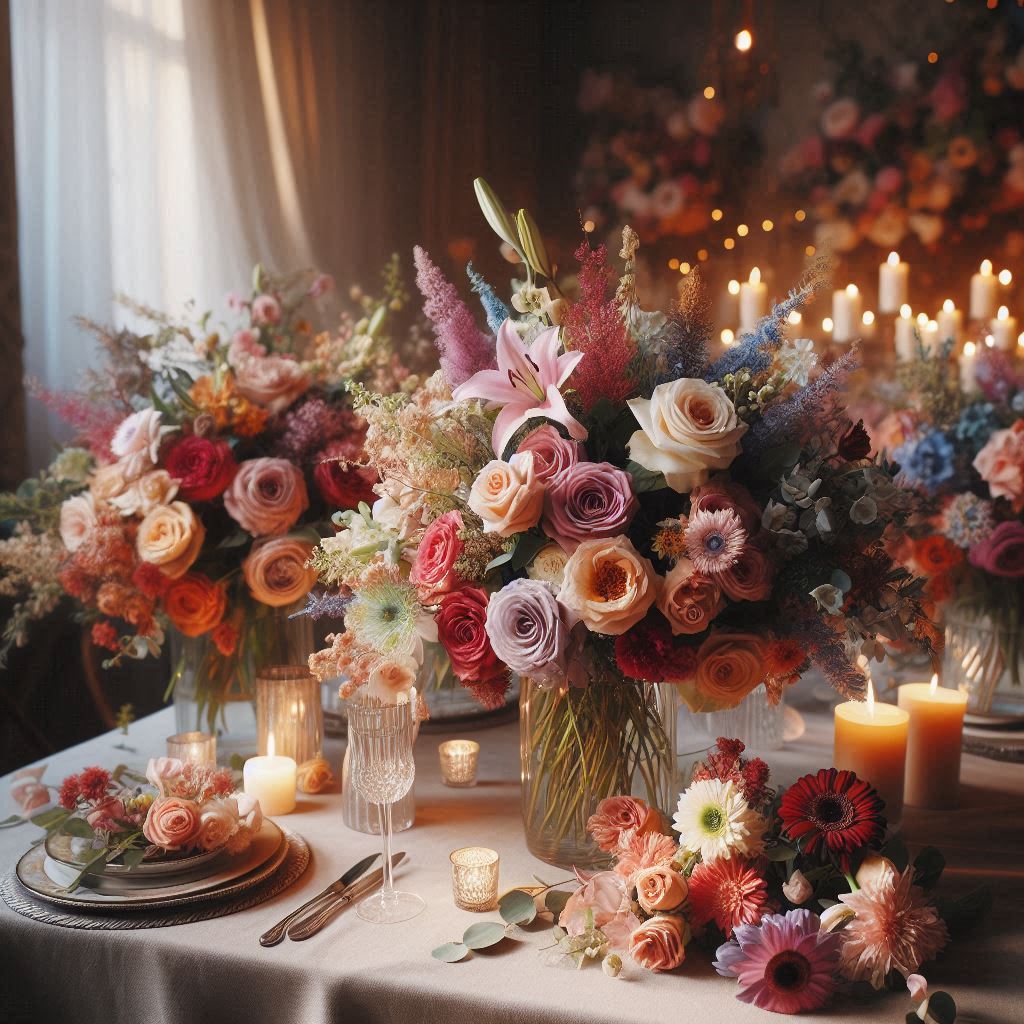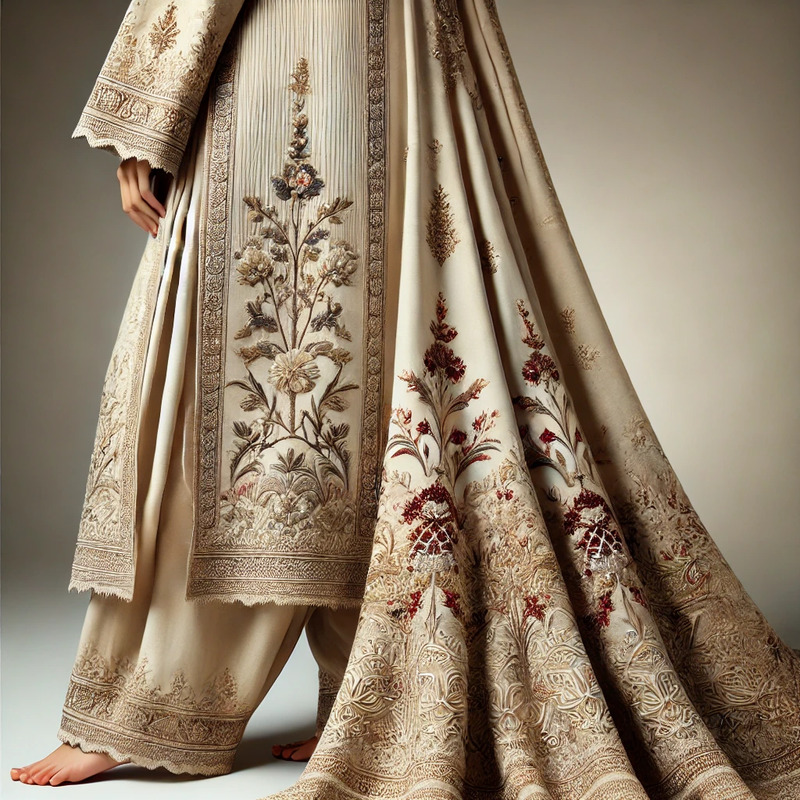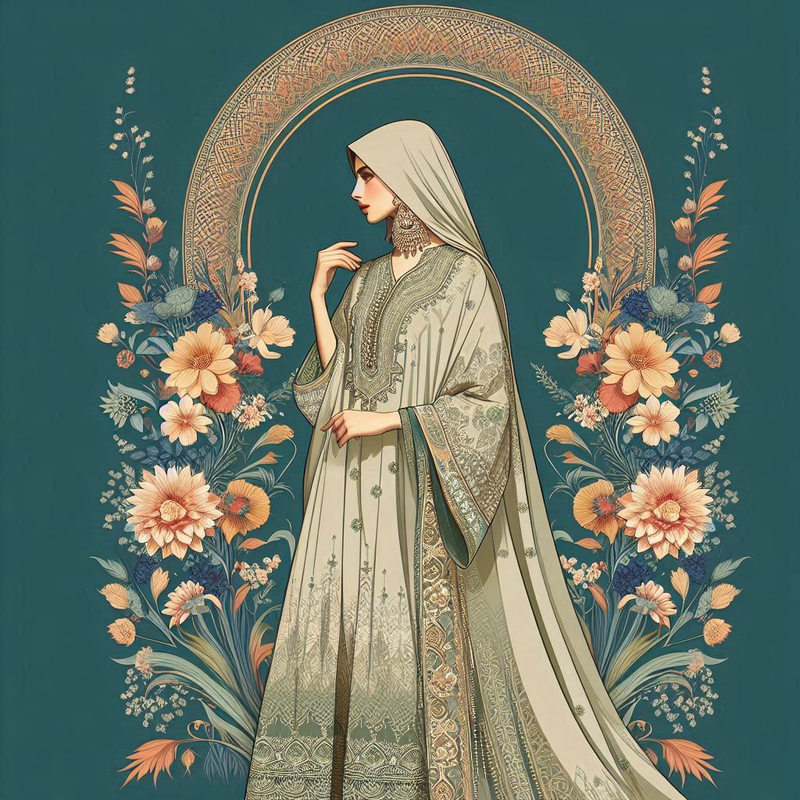Pakistani Jewelry
Pakistani Jewelry - Gold, Silver & Gems
Pakistani jewelry is known for its ornate styles and heavy designs made in 22 carat gold and are a must for adorning the bride at weddings.
Pakistani jewelry boasts a rich history, characterized by intricate craftsmanship and cultural symbolism. Traditionally, pieces were crafted using techniques passed down through generations, often featuring detailed filigree, vibrant gemstones, and gold. Over time, these designs have evolved, integrating modern aesthetics while preserving their heritage. Jewelry remains an essential part of Pakistani culture, worn during weddings, festivals, and other significant events to symbolize wealth, beauty, and social status as well as being store of value. In short, jewelry, in Pakistan, has a very important role in the lives of all females.

The Sparkling Saga - Pakistani Jewelry
Pakistani Jewelry - Designer Fine Jewelry by Women
In recent years, Pakistani women have made significant strides in the jewelry design industry, blending traditional motifs with contemporary styles. Pioneers like Kiran Fine Jewelry and Sara Taseer have garnered international acclaim for their innovative designs. These designers draw inspiration from Pakistan's rich heritage, incorporating elements such as Mughal artistry and regional patterns. Their work not only showcases exceptional craftsmanship but also empowers women by promoting female entrepreneurship in a traditionally male-dominated field.
Designing ornaments is one of the most favorite trades of women entrepreneurs.
Quite a bit of pieces are handed from generation to generation in the traditional households. The exquisite old designs still inspire many to reproduce these in the new styles.
Pakistani Jewelry - Various Types of Each Ornament
Pakistani gold jewelry is renowned for its unique and elaborate designs, often inspired by traditional motifs and cultural symbols. Classic pieces like jhumkas (earrings), matha pattis (headpieces), and choker necklaces feature intricate patterns and detailed craftsmanship. Modern designers are innovating by blending these traditional elements with contemporary aesthetics, creating versatile pieces that appeal to both younger and older generations. The use of 22k and 24k gold ensures the jewelry's durability and brilliance.
The various ornaments included in the term 'gold jewelry' can be listed, but not limited to, the following:
- Gold Bangles - Types of Gold Bangles
- Gold Neckpieces - Types of Gold Necklaces
- Gold Earrings - Types of Gold Earrings
- Gold Headpieces - Types of Gold Head Pieces
Pakistani Jewelry - Regional variations
The style, type and names of regional variations of Jewelry in Pakistan differ slightly from each region internally as well as in the South Asian Region.
Brief descriptions and variations are given briefly here and in the relevant pages, with some more details and visuals:
Regional Jewelry of Balochistan
Regional Jewelry of KPK (Pashtun)
Pakistani Jewelry - Gems
Pakistan is home to a wealth of precious and semi-precious gemstones, including emeralds, rubies, sapphires, and tourmalines. The Swat Valley, known as the 'Emerald Valley', produces some of the world's finest emeralds. Hunza, Gilgit, and Chitral are famous for their top-quality rubies and pink sapphires. These gemstones are highly valued for their vibrant colors and clarity, making them popular choices in fine jewelry. The gem mining industry also provides significant economic benefits to local communities.
Gems like emeralds, rubies, sapphire and topaz are found in abundance in the Northern Areas of Pakistan. Lovely strings of gems are not only exquisite to look at but add a lot of grandeur to even the simplest of outfits.
Exquisite strings of jewels can be made in single or multiple rows - all have their own unique charm. Women entrepreneurs from these areas manufacture high quality beautiful designs.
Pakistani Jewelry - Unique Designs in Gold
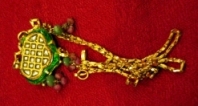
The pendant here is also an antique piece with uncut pieces of diamond, known as 'polki', an art from the Moghul period. Emeralds and rubies hang as small beads.
This style is being reproduced in new designs also, however, the old style still remains very popular and sought after.
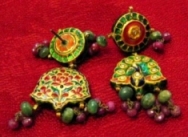
Women design these items from traditional patterns and add the new look to make it a more trendier version.
In the picture here is an original antique pair of earrings. Each side has a different pattern. This kind of pattern is known as 'meenakari'. These are from the ancient Moghul period.
Pakistani Jewelry - Fine Jewelry in Silver
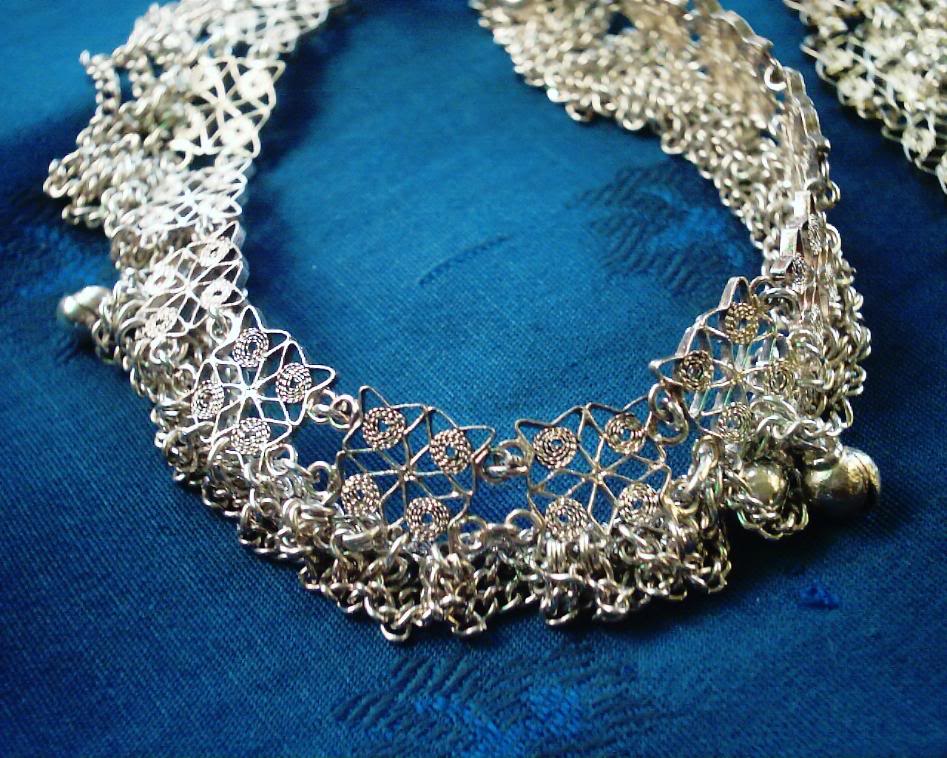
Silver ornaments are also very popular specially for pieces like anklets (payals) as gold is not supposed to be worn on feet in our culture. Similarly, gold and silver buttons for kurtis are also very popular and added as a fashion accessory. This filigried fine work of art with tinkling tiny bells is a piece of art in itself, worn as an anklet.
Silver jewelry in Pakistan is celebrated for its artisanal quality and affordability. Craftsmen use techniques like hammering, engraving, and filigree to create stunning pieces that range from delicate bracelets to bold statement necklaces. Traditional designs often incorporate cultural motifs, such as paisleys and floral patterns. Recently, there has been a resurgence in the popularity of silver jewelry, with designers experimenting with modern styles and incorporating semi-precious stones to add a contemporary touch.
Pakistani Jewelry - Trendy Styles
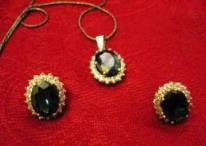
This sapphire set here is more in the trendy and new style. It has small diamonds studded all around the oval sapphire which is embedded in the middle with beautiful cuts.
The style is popular and is made with emeralds and diamonds and for more affordable ranges in zircon and sapphires studded on white gold or silver.
Current trends in Pakistani jewelry include a blend of minimalistic and statement pieces. Delicate gold chains with personalized pendants, stackable rings, and layered bracelets are popular among the younger generation. Additionally, bold statement pieces featuring oversized gemstones and intricate designs are in vogue for special occasions. Fusion jewelry, which combines traditional elements with modern aesthetics, is also gaining traction, appealing to those who appreciate heritage with a contemporary twist.
Pakistani Jewelry - Importance of the Sector for the Economy
The jewelry industry is a vital component of Pakistan's economy, contributing significantly to GDP and employment. It supports a vast network of artisans, miners, and traders. The sector's export potential is immense, with Pakistani jewelry and gemstones highly sought after in international markets. By promoting local craftsmanship and investing in modern techniques, Pakistan can enhance its global competitiveness, attract foreign investment, and boost economic growth.
Realizing the potential of the sector for the economy of the country, the State Bank of Pakistan has included it in the list of defined sectors to receive subsidized low-cost financing under its Refinance Scheme for Working Capital Finance of Small and Low End Medium Enterprises and also in the Refinance Facility for Modernization of SMEs (SBP-BMR).
The private sector being fully cognizant of the role of fine jewelry provides a platform under the Pakistan Gems and Jewellry Traders and Exporters Association (PGJTEA). The Association has been actively dealing with issues that encourage unbiased support to its members to address anomalies in the sector. PGJTEA helps its members and the community at large for the promotion & regulation of Gems and Jewellery trade and exports, address disputes and arbitrations between dealers.
Pakistani Jewelry - Products, Services, Businesses, and Profiles
Click below to see what visitors have shared...
Floral Jewelry by Muniba Saud Not rated yet
Grand Wardrobe is a venture that offers floral jewelry inspired from real flowers, handmade with imported high quality material.
Venture: Grand Wardrobe …
Maria Marvi of MJ Shops Not rated yet
Maria Marvi of MJ Shops
Your city:
Karachi
What drives you? (What makes you so passionate about your work) ?
The recognition and love from my customers …
The Trendy Trinkets by Rekha Not rated yet
Your city: Karachi
What drives you?(What makes you so passionate about your work)
Like every young male/female, I always wanted to do something on …
- Home ›
- Products and Trades ›
- Pakistani Jewelry



